How Long Will It Take To Get To Uranus
Introduction
Only one spacecraft has visited distant Uranus. After traveling more than 1.8 billion miles (3 billion kilometers) in nine years, NASA's Voyager 2 gathered much of its critical information about the mysterious planet, including its rings and moons, in just six hours.
The rest of what we know about Uranus comes from observations via the Hubble Space Telescope and several powerful ground-based telescopes.
Significant Events
Significant Events
- Mar. 13, 1781: British astronomer William Herschel discovers Uranus—the first new planet discovered since ancient times - while searching for faint stars.
- 1787-1851: Four Uranian moons are discovered and named Titania, Oberon, Ariel and Umbriel.
- 1948: Another moon, Miranda, is discovered.
- Mar. 10, 1977: While observing Uranus' passing in front of a distant star (SAO 158687), scientists at the Kuiper Airborne Observatory and the Perth Observatory in Australia were eager for a rare chance to observe the distant planet. Observations before and after the main event led to a major discovery: Uranus, like Saturn, is encircled with rings.
- Jan. 24, 1986: NASA's Voyager 2 made the first - and so far the only - visit to Uranus. The spacecraft came within 50,600 miles (81,500 kilometers) of the planet's cloud tops. Voyager discovered 10 new moons, two new rings and a magnetic field stronger than that of Saturn.
- Dec. 22, 2005: NASA announces the discovery of a new pair of rings around Uranus and two new, small moons (Mab and Cupid) orbiting the planet from photographs taken by the Hubble Space Telescope. The largest ring discovered by Hubble is twice the diameter of the planet's previously known rings.
- 2006: Observations made at the Keck Observatory and by the Hubble Space Telescope show that Uranus' outer ring is colored blue while the new inner ring is reddish.
- Dec. 2007: Uranus reaches equinox. Equinox is when the planet is fully illuminated as the Sun passes over its equator. Equinox also brings a ring-plane crossing, when Uranus' rings appear to get narrower as they pass through, appearing edge-on and then widen again as seen from Earth.
- Mar. 18, 2011: New Horizons passes the orbit of Uranus on its way to Pluto, becoming the first spacecraft to journey beyond Uranus' orbit since Voyager 2. However, Uranus was not near the crossing point. The spacecraft is asleep during most of its eight-year interplanetary trek from Jupiter to Pluto. Mission controllers do wake up New Horizons for 50 days each year to perform necessary checkups on its instruments.
Notable Explorers

Suzanne "Suzy" Dodd
Project Manager
"Math is going to be the basis for all the science and engineering that you will have to do in the future."

Susan Niebur (1973-2012)
Astrophysicist
I decided that my dream was to work for NASA, even if there weren't any girls there yet. Someday there would be, and I was going to be one.

Renu Malhotra
Professor of Planetary Sciences
"There are interesting and important problems everywhere. You just have to be open to them."

Neil Gehrels (1952-2017)
Astrophysicist
The happiest people I know are ones who think of their field as both a hobby and a job.

Mark Hofstadter
Planetary Scientist
"To me, being a scientist means seeing something in nature and wanting to figure out how it works or why it is the way it is."

Jim Adams
Retired Scientist and Engineer
"Science and engineering are among the most rewarding careers."

Jim Bridenstine
Former NASA Administrator
Jim Bridenstine was NASA's 13th administrator.
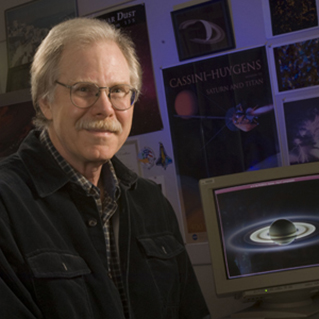
Jeffrey Cuzzi
Research Scientist
"Stay close to subjects that fascinate you personally, but also ask why is the subject important."
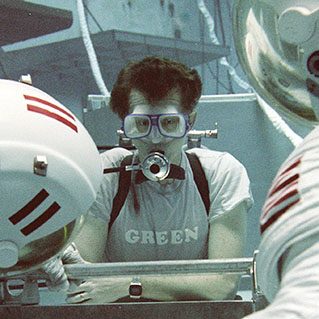
James Green
NASA Chief Scientist
"My job is to be the top advocate for planetary science in the federal government."
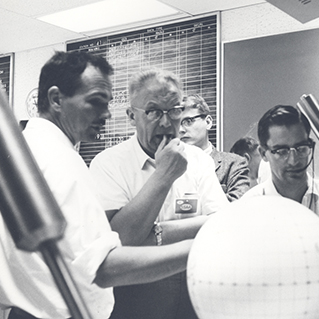
Gerard Kuiper (1905 - 1973)
Astronomer
Kuiper studied the planets... at a time when they were scarcely of interest to other astronomers.

Fran Bagenal
Co-Investigator for the New Horizons Mission
"Getting along with people is also important -- perhaps as important as solving big equations."
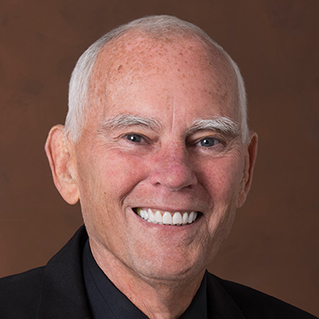
Eric De Jong (1947-2017)
Planetary Scientist
Eric pioneered the use of stereo HDTV, IMAX, and digital cinema technology for the visualization of planetary surfaces and atmospheres.

Carl Sagan (1934-1996)
Planetary Scientist
Imagination will often carry us to worlds that never were. But without it we go nowhere.
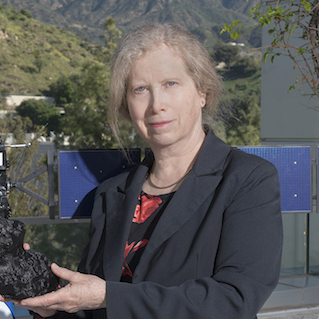
Bonnie Buratti
Project Scientist
"When I was a little girl Sputnik was launched, and I was instantly drawn into the whole miracle of spaceflight and exploring the cosmos."
Suzanne "Suzy" Dodd
Project Manager
"Math is going to be the basis for all the science and engineering that you will have to do in the future."
Missions
Careers
10 Careers That Explore Space
1
Astronaut
Astronauts pave the way for human exploration beyond our Earth. They are pilots, scientists, engineers, teachers, and more.
2
Project Manager
Project managers guide missions from concept to completion, working closely with team members to accomplish what they set out to do.
3
Rover Camera Operator
A camera payload uplink lead writes software commands that tell a rover what pictures to take.
The first thing that fired my imagination for planetary science was when the NASA Voyager spacecraft discovered active volcanoes on Jupiter's moon Io.
4
Artist
Melding science with design, artists create everything from large-scale installations to the NASA posters hanging in your bedroom.
5
Media Specialist
Media specialists tells stories across social media and help feature missions and people on TV and in films, books, magazines, and news sites.
6
Writer/Producer
Writers/producers capture the incredible stories of NASA's missions and people and share them with the world.
7
Administrator/Director
Administrators and directors work out of NASA headquarters, prioritizing science questions and seeking to expand the frontiers of discovery.
8
Educator
Whether it's introducing kids to space or teaching physics to PhD candidates, educators help share their knowledge with the public.
9
Engineer
Engineers design and build all types of machines, from what a spacecraft looks like to the software that directs where a rover goes each day.
10
Scientist
From an astrophysicist to a volcanologist, scientists of all types pose questions and help find answers to the mysteries of our universe.
The important thing about being a scientist or an engineer is learning how to think critically, learning how to be creative, learning problem solving and learning how to learn.
Explore in 3D
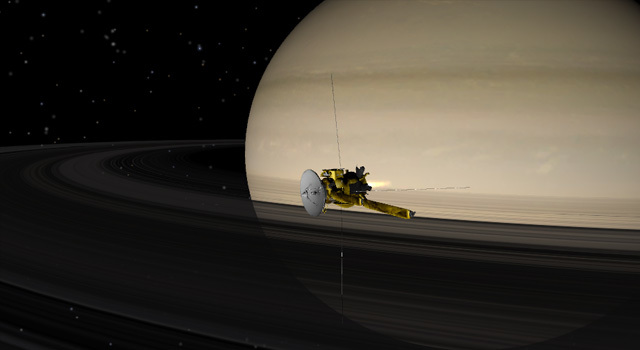
Explore in 3D—Eyes on the Solar System
Eyes on the Solar System lets you explore the planets, their moons, asteroids, comets and the spacecraft exploring them from 1950 to 2050. Ride with the Curiosity Rover as it lands on Mars or fly by Pluto with the New Horizons spacecraft all from the comfort of your home computer.
Eyes on the Solar System ›
How Long Will It Take To Get To Uranus
Source: https://solarsystem.nasa.gov/planets/uranus/exploration/
Posted by: starkbedeencion.blogspot.com

0 Response to "How Long Will It Take To Get To Uranus"
Post a Comment